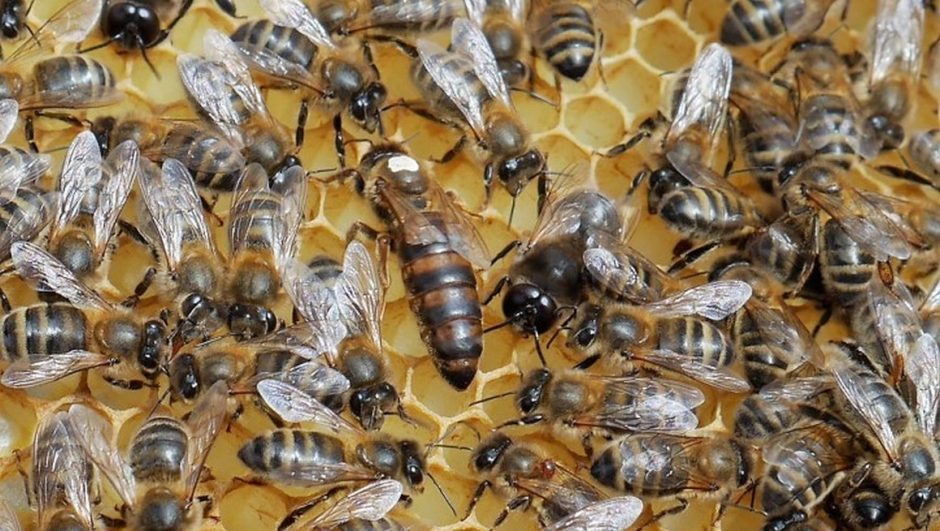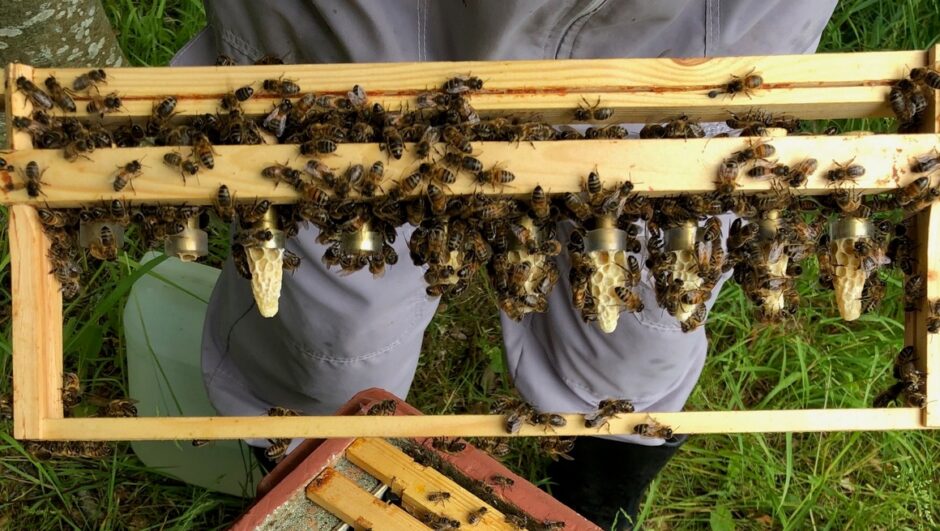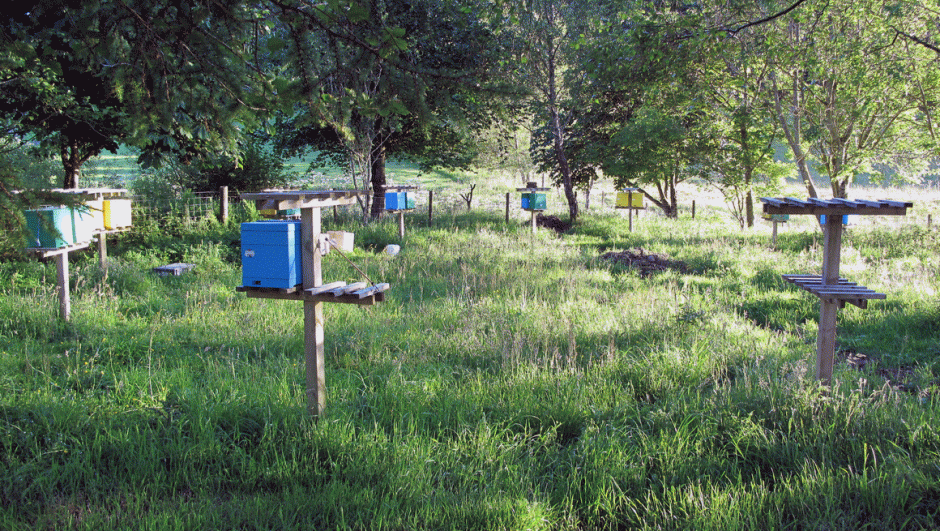Scotland’s native honey bee, Apis mellifera mellifera, is at serious risk of disappearing by being genetically swamped by cross-breeding with the non-native types now found across the country, rather like our native wildcat. Over many millennia, this honey bee adapted to our changeable and often windy climate on the Western fringes of Europe. These bees are often said to be stocky, dark, frugal and with particularly hairy backsides! All these traits can be useful to an insect needing to forage, survive and even mate in our cool, windy climate.
Continue reading “Scottish Native Honey Bee”Category: Guides
Queen rearing: five stages to manage
Queen rearing can be a hugely rewarding aspect of beekeeping when successful and the most exasperating when it does not go to plan. I recommend you embark on it willing to learn incrementally from your experience and not be deterred by disappointments. Success generally follows careful application and practice of sound guidance.
There are five basic stages to plan and manage, from the laying of eggs to successfully mated queens laying eggs in their own colonies. I will explain each of these, briefly, highlighting key aspects. These stages involve the raising of queen cells from fertilised worker eggs rather than using swarm, supersedure or emergency cells already drawn by bees.
Continue reading “Queen rearing: five stages to manage”Queen rearing and bee breeding groups
Pathways to success
Why have a queen rearing and breeding group?
Breeding groups form a vital part of the work of the Scottish Native Honey Bee Society. They work well by pooling their expertise, sharing equipment and having access to larger numbers of good locally adapted stocks. Although groups show differences in their organisation reflecting local circumstances and preferences some features are likely to be shared.
Continue reading “Queen rearing and bee breeding groups”


